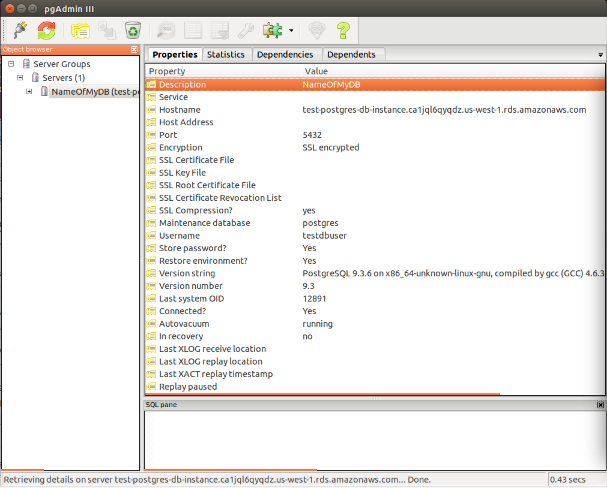

Such workarounds impact delivery speed in two ways. This would lead them to look for cost savings, like sharing resources that should be separate instances. While not scaling down to zero on production environments is rarely a problem for big players, individual developers and small startups may feel it. If the pay-as-you-go pricing promise is broken, the costs of development environments increases. Those are environments with barely any traffic. With serverless, the cost of running multiple instances of the whole application should be close to zero, whether it’s one per developer or one per feature branch. To enable it, developers work on their own environments deployed to AWS, as similar to production as possible. In serverless, it’s critical not to pay for idle resources.Ī pay-as-you-go serverless model empowers innovation without much risk and allows for high development velocity. It does not include paying for resources waiting to be used. The promise of serverless includes pay-as-you-go pricing. Various people who know a thing or two about serverless articulate the problem as well. Wikipedia tells you that “when an app is not in use, there are no computing resources allocated to the app” with serverless.ĪWS Blog shares that one of the benefits of serverless microservices is that “you pay for only what you use and only when you use it there is no cost during idle time with serverless architectures.” And that serverless is the way of the future because you have “the ability to scale down to zero, which helps … better manage applications, reduce costs, and increase agility.”Īnd if you ask people on Twitter, a majority of them say they expect serverless services to scale down to zero. What is serverless, really?Įveryone agrees that serverless infrastructure means you shouldn’t have to worry about scaling, configuration, management, or maintenance of underlying servers or containers.īut how do you define serverless pricing? Does serverless also mean pay as you go, with no minimum charges for when you don’t actually use the infrastructure? If you create an API Gateway with Lambda function and Aurora Serverless v2 in the us-east-1 region and never call the API, after a month, you would pay: It’s in the name, so you have the right to assume it is.

Why it’s a problem that Aurora doesn’t scale down to 0Īurora Serverless v2 should be, well, serverless. When not used, Aurora Serverless v2 scales down to 0.5 ACU and stays there. Hold my Lambda, I’m going in… /L8JBj0xJEb- Matthieu Napoli April 22, 2022 Will Aurora Serverless v2 actually suspend itself after a while? If so, what would the DB cold start look like? Matthieu Napoli made a simple test to find the answer. The Aurora Serverless v2 release was the topic of the day in the AWS and serverless world, and it didn’t take long for someone to test it. When in doubt, always consult documentation Twitter. Wait: Does “starting” mean “minimum” here? Would Aurora still pause or scale down to 0 ACU if it’s not in use? Aurora Serverless v2’s GA release, which no one actually expected anymore, came only a year and a half after it was announced at re:Invent 2020.Ī quick look at the pricing page reveals that you pay for Aurora Capacity Unit hours, with starting capacity set at 0.5 ACU. When AWS released Aurora Serverless v2 as generally available on April 21, I had to double-check the date. The freshly released Amazon Aurora Serverless v2 is a highly scalable, highly available, fully managed SQL database.


 0 kommentar(er)
0 kommentar(er)
